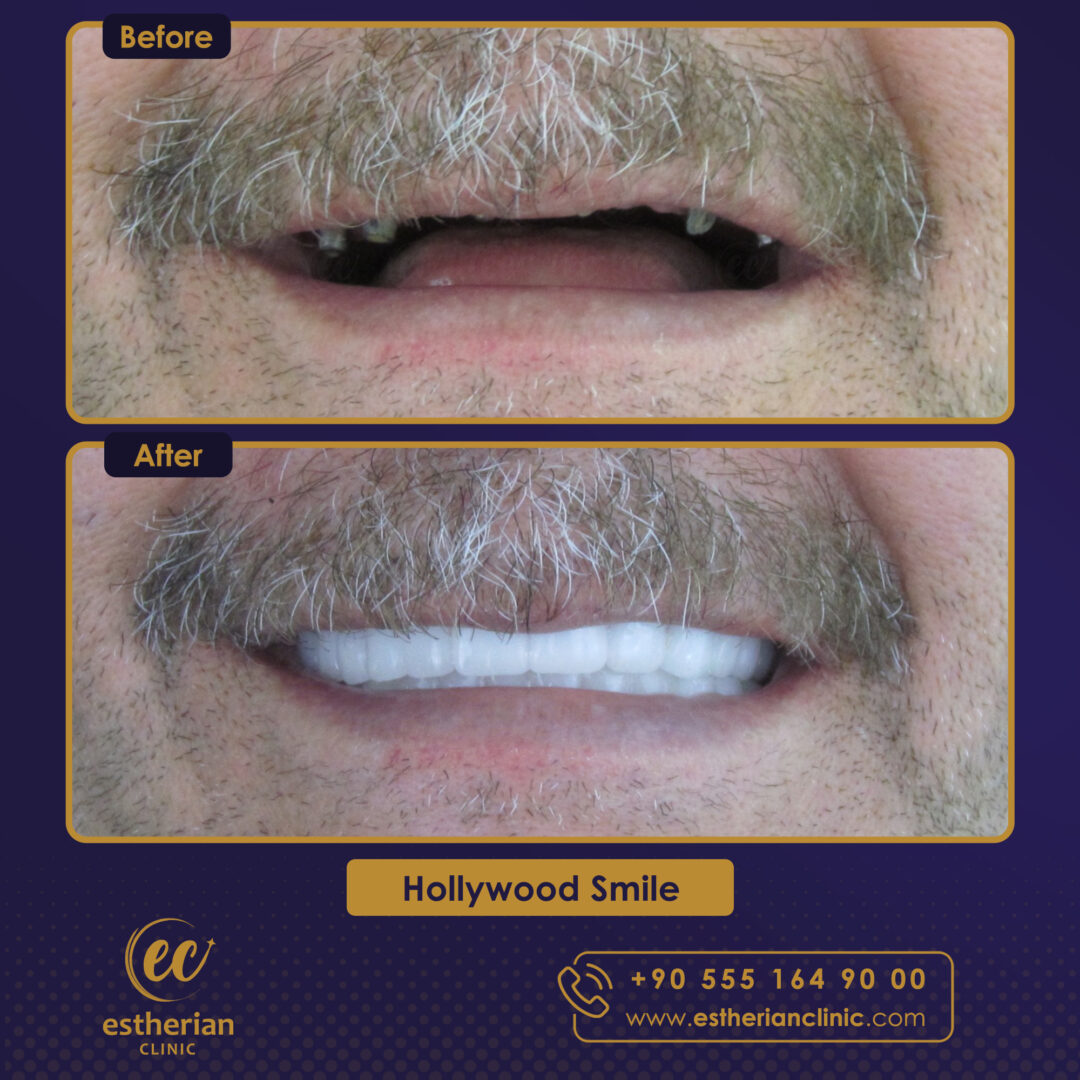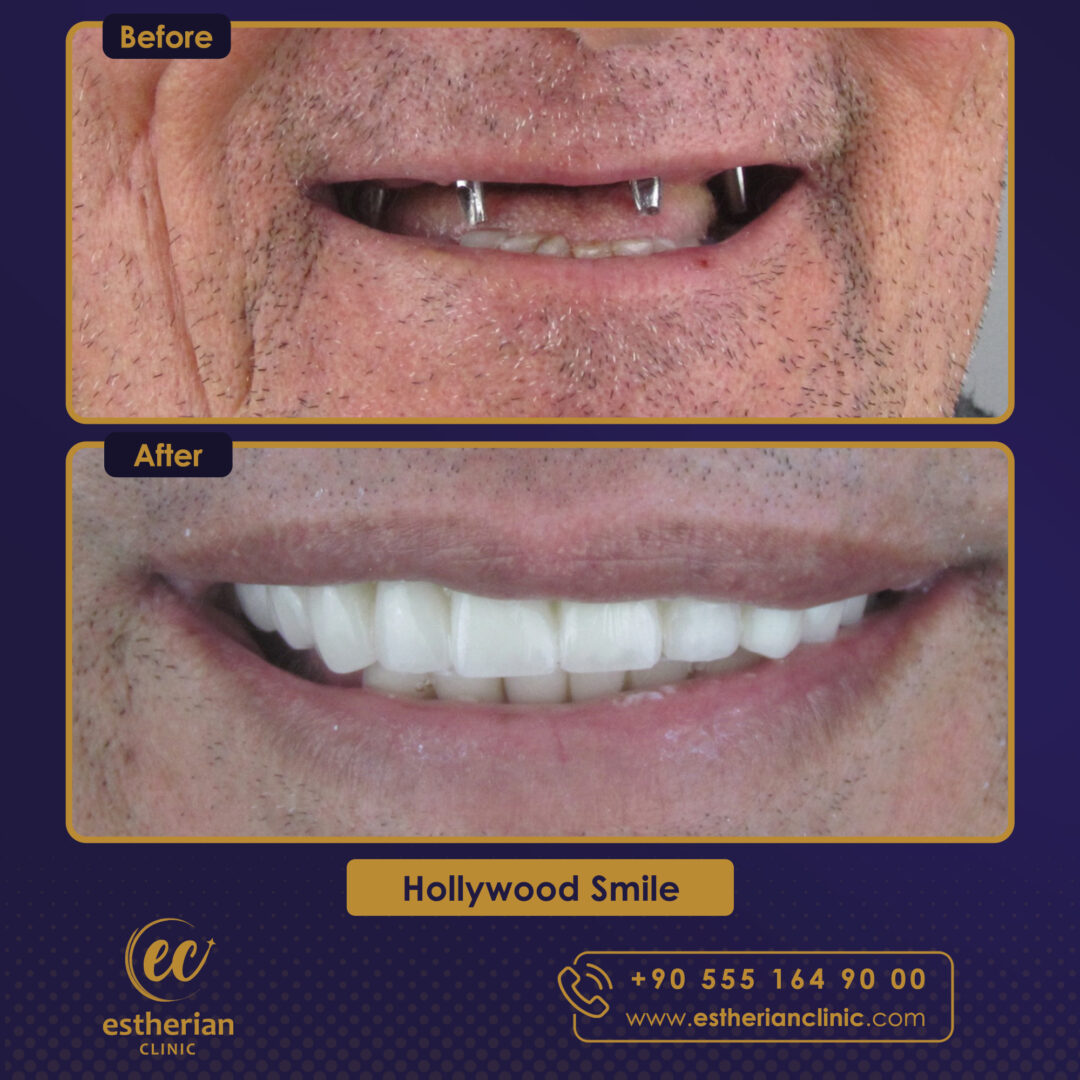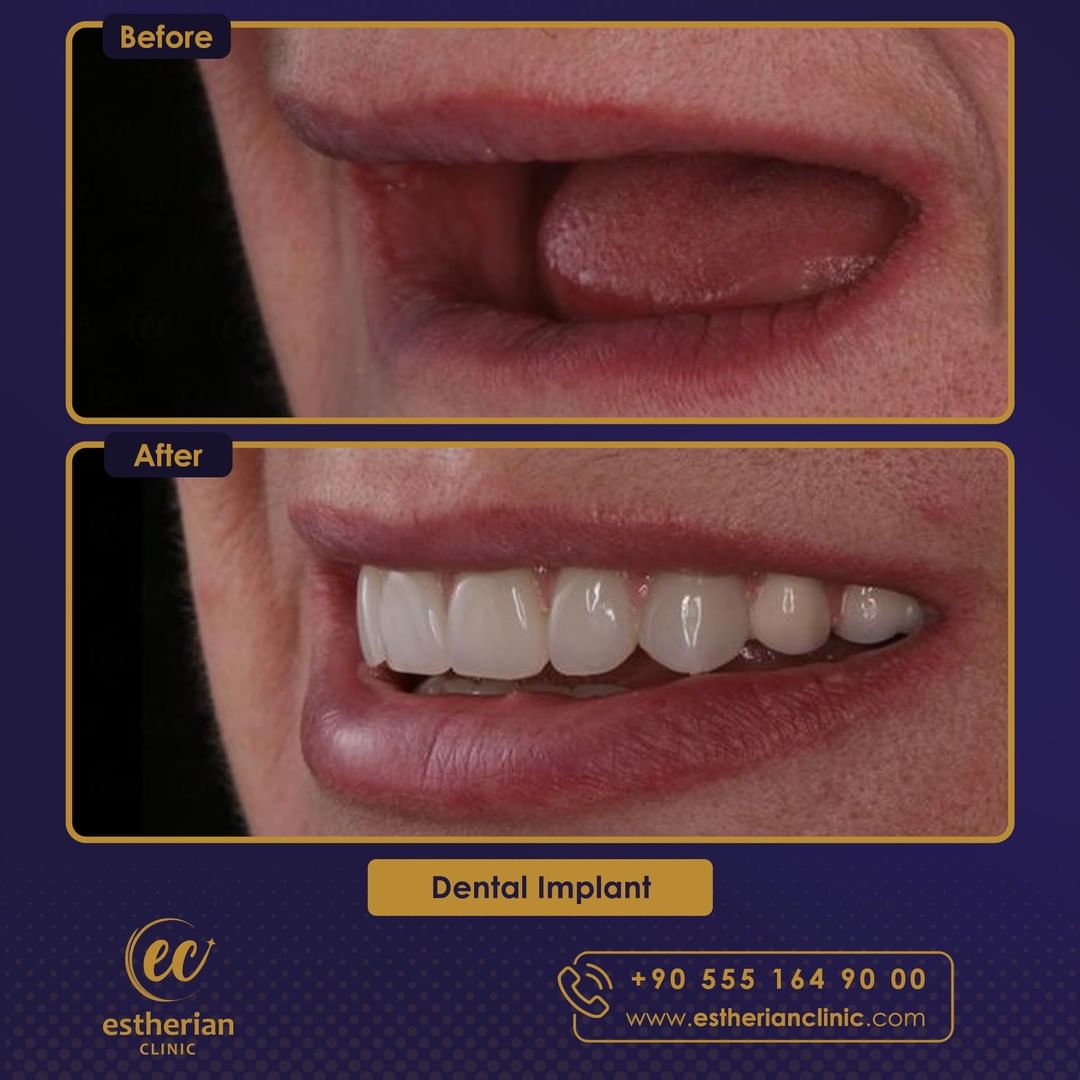Dental implant in Turkey is a leading choice for individuals seeking a durable and natural-looking solution to missing teeth. This procedure involves placing a titanium post into the jawbone, serving as a sturdy base for a crown, bridge, or denture. With state-of-the-art technology, skilled dentists, and competitive prices, Turkey is a top destination for dental implant treatments. Start your journey to a restored smile today!

What Are Dental Implants?
Dental implants are surgical procedures that replace tooth roots with metal, screw-like posts. These implants serve as the foundation for artificial teeth that mimic natural ones in both appearance and function.
Also you can check the Hollywood smile for better smiles. Learn more about Hollywood smile In Turkey
Dental Implant Procedure
Before Treatment
- Comprehensive Dental Examination
- Includes dental X-rays, 3D imaging, and models of your teeth and jaw.
- Medical History Review
- Inform your doctor about any medical conditions and medications, including prescriptions, over-the-counter drugs, and supplements.
- If you have certain heart conditions or orthopedic implants, antibiotics may be prescribed to prevent infection.
- Personalized Treatment Plan
- The plan considers factors such as:
- Number of teeth to be replaced.
- Jawbone condition.
- The plan considers factors such as:

During Treatment
During Treatment
Step 1: Titanium Root Placement
The dentist creates a small hole in your jawbone to insert a titanium root, which acts as a fixed foundation for the artificial tooth. A temporary tooth is placed over the root to fill the gap until the next session.
Step 2: Bone Growth and Healing
- The jawbone begins to grow around the titanium root, creating a strong foundation.
- This process, called osseointegration, can take several weeks or months to ensure a secure base for the final crown.
Step 3: Abutment Placement
- Once the bone has healed, a second procedure is performed under local anesthesia to place the abutment.
- The abutment serves as the connector between the titanium root and the dental crown.

Materials Used in Crowns
- Porcelain: Durable and resistant to biting pressure, making it an excellent choice for natural-looking crowns.
- Metal: Sometimes used for added strength and durability, especially for back teeth.
Risks of Dental Implants
While dental implants are generally safe, there are some potential risks, though they are rare and treatable:
- Infection at the implant site.
- Damage to surrounding teeth or structures.
- Nerve damage, causing pain or numbness.
- Sinus problems if the implant is placed too close to the sinus cavity.
Tips to Avoid Complications
Proper care can prevent most post-surgery issues:
- Maintain good oral hygiene by brushing and flossing daily.
- Rinse regularly with an antiseptic mouthwash.
- Avoid smoking and alcohol, which can delay healing.
- Limit consumption of sugary foods and drinks to reduce the risk of infection.
Dental implants not only restore your smile but also improve your overall oral health. For a tailored treatment plan and professional care, consult an experienced dental clinic today!
Related Articles About Dental Implants
Mayo Clinic: Dental implants provide a stable foundation for eating, speaking, and smiling confidently.
Real Self: “Implants help maintain jawbone density, preventing deterioration from missing teeth.”
Dental Implants In Turkey Before and After



